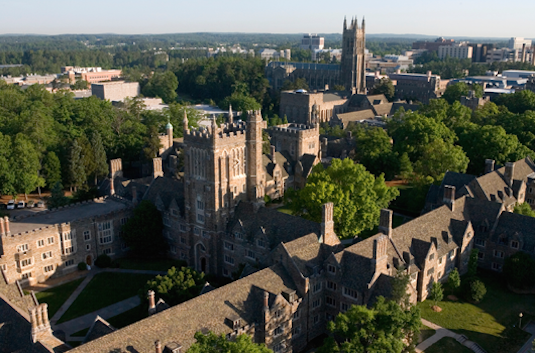Cerebellar circuits for learned and coordinated movement

Even relatively simple actions like walking require precise coordination of movement across the body. While the cerebellum is known to be critical for whole-body coordination, the circuit-level mechanisms responsible for coordinating movement remain poorly understood. In this talk I will describe our efforts to understand cerebellar circuit contributions to coordinated locomotion. We have developed an automated, markerless 3D tracking system (LocoMouse) to establish a quantitative framework for locomotion in freely walking mice (Machado et al., eLife 2015). Analyzing the locomotor behavior of visibly ataxic mice with cerebellar defects has revealed specific, cerebellum-dependent features of locomotor coordination that suggest that cerebellar ataxia results from an inability to predict the consequences of movements across the body. In current experiments we are testing this idea by investigating neural circuit mechanisms of locomotor learning, in which mice adapt their locomotor patterns to achieve a more symmetrical gait while walking on a split-belt treadmill. This approach is providing insight into how the highly stereotyped cellular architecture of the cerebellum supports a wide variety of behaviors, from relatively simple forms of learning to complex feats of coordination.






